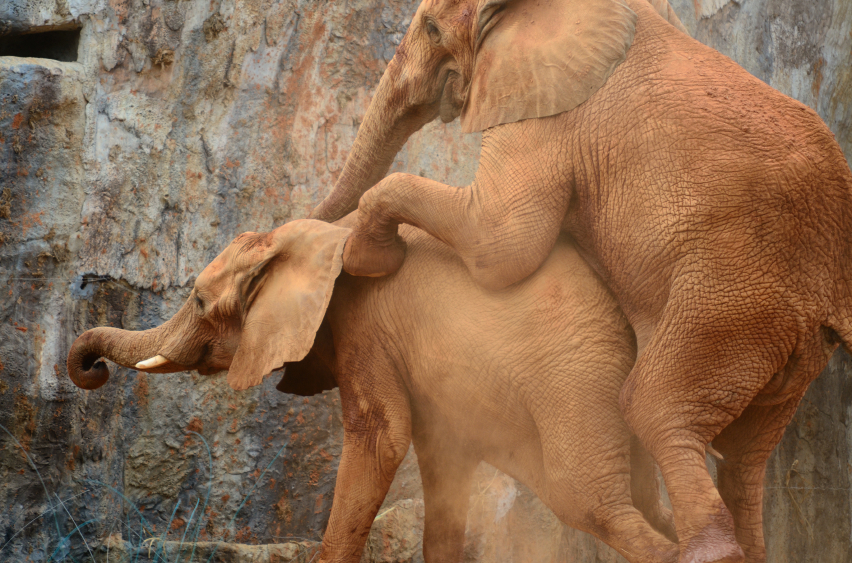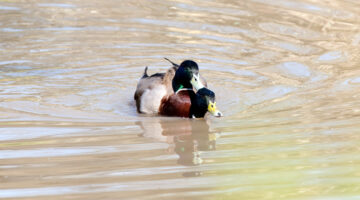The Incredible Science Behind Animal Sex (Video)
March 28, 2014 by Justin Lehmiller
“The diversity that we see in sexual structures in the animal kingdom that has evolved in response to the multitude of factors surrounding reproduction is pretty mind-blowing.” – Carin Bondar
In what is perhaps my new favorite TED video, biologist Carin Bondar describes the science behind how animals get it on. She details the importance of not just looking at the form of animals’ sexual anatomy, but also how their reproductive structures function, because both form and function have major implications not just for how sex happens, but also for how societies evolve.
Among the fascinating bits you’ll learn in this video are the fact that (1) the paper nautilus (a relative of the octopus) actually has a detachable penis that can swim on its own to nearby females to deposit sperm, (2) some male fish basically have a “moustache” that they use to stimulate females prior to copulating, and (3) the females of some species have a “penile clitoris,” a structure that prevents male sexual coercion. A penile clitoris looks almost identical to a flaccid penis in its unaroused state, but during sexual arousal, it retracts to create an opening for a penis to enter. Incredible, right?
After watching this video, I think you’ll agree with Carin that “sex is so much more than just insert Part A into Slot B.”
Want to learn more about Sex and Psychology? Click here for more from the blog or here to listen to the podcast. Follow Sex and Psychology on Facebook, Twitter (@JustinLehmiller), or Reddit to receive updates. You can also follow Dr. Lehmiller on YouTube and Instagram.
Image Source: iStockphoto
You Might Also Like:

Dr. Justin Lehmiller
Founder & Owner of Sex and PsychologyDr. Justin Lehmiller is a social psychologist and Research Fellow at The Kinsey Institute. He runs the Sex and Psychology blog and podcast and is author of the popular book Tell Me What You Want. Dr. Lehmiller is an award-winning educator, and a prolific researcher who has published more than 50 academic works.
Read full bio >


